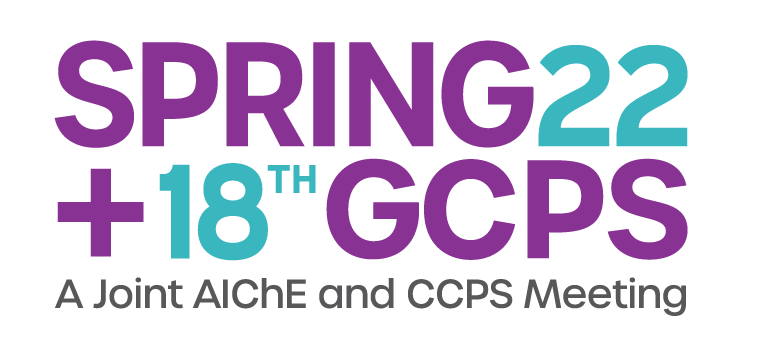

AIChE PAPER NUMBER:
FURNACE REFRACTORY ROUNDTABLE DISCUSSIONS
Thomas Garza, PE
Fixed Equipment Engineering Manager
Chevron Phillips Chemical, LP
Robert (Bob) Pritchett
Fired Equipment Engineer
LyondellBasell
Chinh Dang
Furnace Mechanical Manager
Technip Energies
Prepared for Presentation at the 2022 Spring Meeting
San Antonio, Texas, April 14-14, 2022
AIChE and the EPC shall not be responsible for statements or opinions contained papers or printed in its publications.
REFRACTORY ROUNDTABLE DISCUSSIONS
Thomas Garza, PE
Fixed Equipment Engineering Manager
Chevron Phillips Chemical, LP
Robert (Bob) Pritchett
Fired Equipment Engineer
LyondellBasell
Chinh Dang
Furnace Mechanical Manager
Technip Energies
Abstract:
Refractory lined systems for ethylene furnaces are engineered systems that consist of monolithic refractories, high-temperature firebrick, and refractory ceramic fiber (RCF) to withstand aggressive service conditions at high temperatures. Refractory lined systems for ethylene furnaces are heat-resistant materials that are designed to protect the furnace casing plate from high flue gas temperatures during operations, as well as radiate energy onto the radiant coil tubes from the process burners. Refractory lined systems are exposed to high flue gas temperatures such as 2300°F (1260°C) at the floor of the radiant box to 2100°F (1149°C) at the furnace arch or transition section, while the convection section refractory can be exposed to temperatures ranging from approximately 2100°F (1149°C) at the shock bank to 300°F (149°C) as the gas exits the Hydrocarbon Preheat tube bank. Flue gas temperatures within the transition section ducting and the furnace stack are approximately 300°F (149°C) and less as the gas exits the furnace stack.
Exposure to these high temperatures can cause failure of the refractory lining system due to thermal expansion, thermal stresses, and normal deterioration (cracking, erosion, shrinkage, etc.) over the life cycle of the refractory.
This Refractory Roundtable Forum will discuss the various types of refractories, design parameters (e.g., thermal resistance, thermal expansion, mechanical strength, anchor materials selection, etc.), preventative maintenance and inspection techniques and the various repair methods available.
